News
Is Cambodia next in line to enter Asia's growing nuclear family?
Is Cambodia next in line to enter Asia's growing nuclear family?
The Kingdom recently sealed a deal for nuclear cooperation.
Asian nuclear wrap-up: These are the most recent industry highlights you should know
China is on track to hit 58GWe of nuclear energy by 2020.
India's planned 8.76GW additional wind capacity to trump other countries' records
It will contribute 72% of installations alongside Australia and Japan.
China predicted to exceed wind targets by 2030
Installed capacity could hit a whopping 495GW.
Bloomberg report predicts coal, gas to stay cheap
But renewables' cost still trump others.
Nuclear generation expected to double by 2040 globally
Only South Korea has a "sizeable increase" in nuclear generating capacity.
Equis commissions a 108MW wind project in India
Around 208,000 homes will benefit from it.
Malakoff's 1Q16 profit dropped 19% to MYR84m
Blame it on rising costs from maintenance activities and damages.
China's total renewables investment surged 17% to US$102.9b
It's a a whopping 36% of global total.
Jurong Port launches world’s largest port-based solar energy facility
It has an annual generation capability of 12 million kWh.
South Korea's Wolsong no. 1 nuke reactor shut down after technical issue
Thankfully there were no leaks.
12th Asian Power Awards now accepting nominations
Do you have what it takes to stand out?
Drought forces Adani Power to shut down 2,640-MW units in Tiroda plant
4 out of 5 units have been closed.
World Bank gives nod to India's $625m loan for solar programme
At least 400MW of GRPV will be installed across India.
Singapore-based Manhattan Resources eyes 92.18% stake in PT Kariangau Power
The deal is considered to be worth US$37m.
China's installed wind power capacity will more than triple to almost over 495GW
It's projected to grow 9% yearly within 15 years.
Japan's Chugoku submits decommissioning plan for Shimane NPP unit
Dismantling could take 30 years to complete.

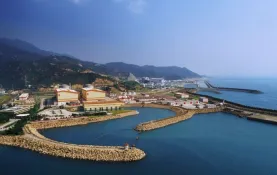


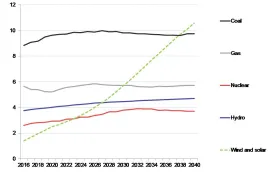
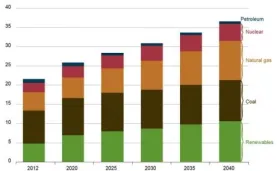

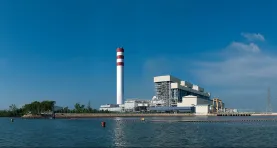

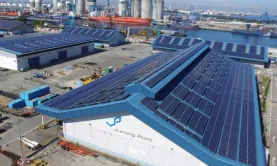
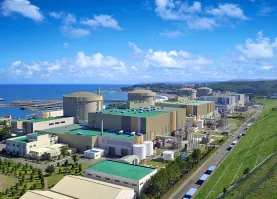
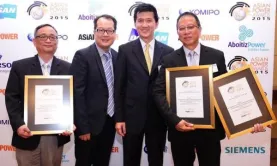
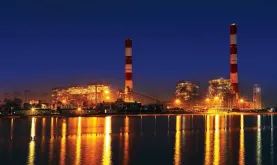
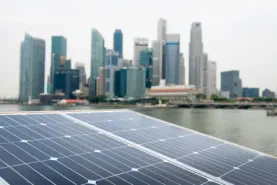


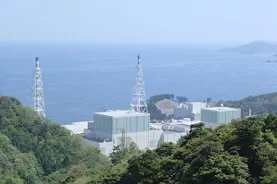

 Advertise
Advertise














Commentary
How pump retrofits boost profitability and efficiency in ageing power plants